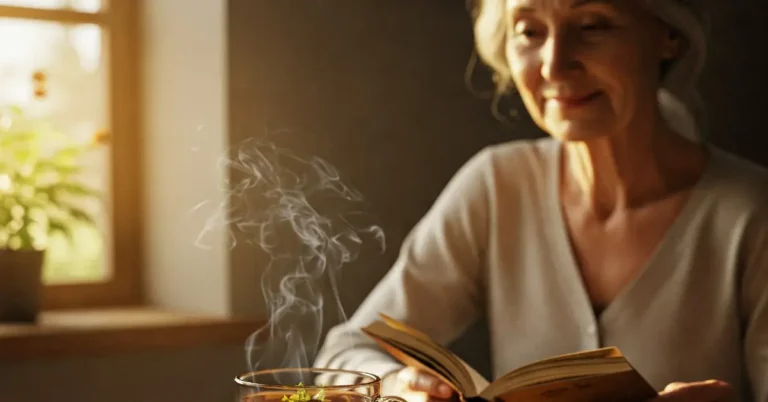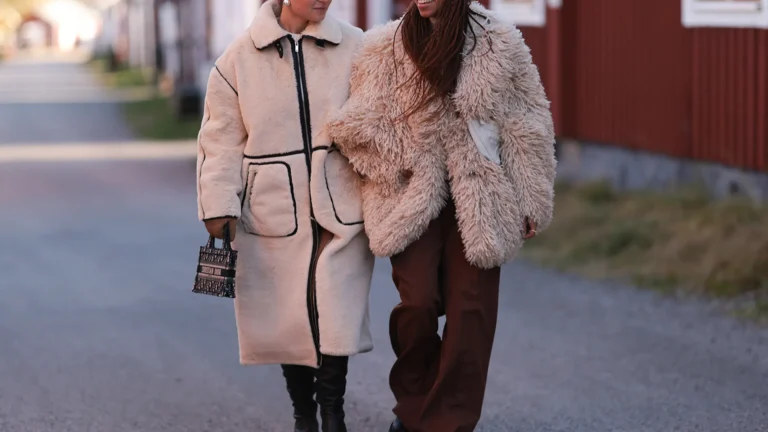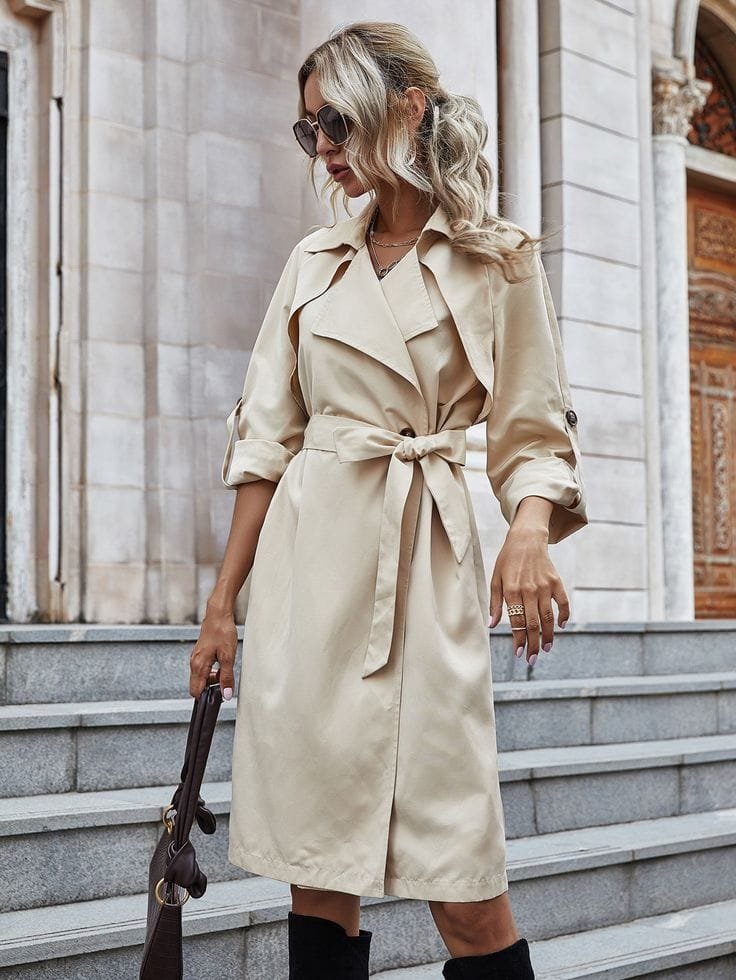Tea on Wood Table
Introduction
There’s something magnetic about Tea on Wood Table.
A steamy cup. A wood grain table. Silence, maybe a breeze.
Why does this combo feel so good?
Because it is good. It’s grounding. Calming. Just right.
Let’s take a journey through this quiet moment—tea resting on a wooden table. A simple scene, yes. But full of meaning, texture, and heart.
The Symbolism of Tea
Tea as a Cultural Anchor
Every culture has a tea story.
From British afternoon teas to Chinese gongfu ceremonies.
Tea means more than a drink—it’s a pause, a ritual, a reset.
It connects generations, nations, strangers.
Serenity in a Cup
Tea isn’t just about flavor.
It’s the warm hands wrapped around a cup. The inhale before a sip. The slow exhale after.
It says: be here now.
The Role of Wood in Daily Life
The Aesthetic Appeal of Wooden Tables
Wood breathes warmth into a space.
Natural. Textured. Timeless.
A wooden table doesn’t shout.
It whispers.
And when paired with tea? Pure poetry.
Warmth, Texture, and Connection to Nature
You can feel it. Literally.
The uneven grooves, the knot lines, the imperfections. It grounds you.
Reminds you—you’re part of something older.
A Moment of Stillness
Slow Living and the Tea Ritual
In a loud, fast world, tea invites slowness.
And the wood table? It holds the space.
No screens. No rush. Just the sound of steeping leaves and the soft clink of porcelain on wood.
How a Wooden Table Creates a Grounding Moment
It’s stable. Reliable. Present.
When your tea sits on wood, the moment feels rooted. Solid. Like it’s meant to last.
Setting the Scene
Choosing the Right Table
It doesn’t have to be fancy.
A scratched-up thrift find. A polished heirloom.
Each piece tells a story.
Size doesn’t matter—intention does.
Lighting, Cups, and Atmosphere
Soft morning light. Steam curling like smoke.
A handmade mug.
Maybe a linen napkin or dried flowers.
Keep it honest. Keep it cozy.
A Sensory Experience
Sight – Earthy Tones and Harmony
Creamy tea. Honey wood.
Muted colors blend into a visual hug.
Touch – Grain of the Wood, Heat of the Cup
Fingers brush rough wood. Palms cradle warmth.
Contrast that comforts.
Smell and Taste – The Layers of Tea
The wood doesn’t smell. But the tea?
Earthy. Floral. Smoky.
And somehow, that plain table amplifies it all.
Minimalism and Mindfulness
Neo-Minimalist Tea Moments
No clutter. No noise. Just the cup, the table, and you.
A clean aesthetic with depth.
Neo-minimalism isn’t about cold spaces.
It’s about warmth with purpose.
The Beauty of Less
When there’s less to see, there’s more to feel.
Stories Over a Cup
Conversations That Start With a Sip
Tea invites talk.
Soft words. Shared secrets. Big ideas.
And the table? It listens. Every time.
Nostalgia and Memory
Grandma’s tea. First dates. Rainy afternoons.
The wood remembers. Quietly.
Photography and Social Media
Why Tea on Wood is Instagram-Worthy
It’s real. Relatable. Peaceful.
Scroll-stopping, but soft.
Capturing Mood Over Material
You don’t need filters.
Just good light, honest textures, and a real moment.
Styling Tips for Tea and Wood Table Photos
Natural Light and Shadows
Morning or golden hour works best.
Let the shadows fall. Embrace the flaws.
Props That Don’t Overpower
Linen. Ceramics. Maybe a book.
Nothing shiny. Nothing loud.
Let the tea and table lead.
Best Teas to Pair With Wooden Ambiance
Herbal Infusions
Chamomile. Mint. Lavender.
Soft teas feel at home here.
Traditional Black and Green Teas
Think Earl Grey. Sencha. Oolong.
Strong personalities in a grounded space.
Tea Ceremonies Across Cultures
Japanese Matcha and Tatami Settings
Tatami mats. Low wood tables.
Every motion choreographed, serene.
Moroccan Mint Tea and Brass vs. Wood
Different aesthetic—brass trays, ornate details.
But swap in a rustic wood base? Still works. Still beautiful.
DIY: Creating Your Own Tea Nook
Small Space, Big Feeling
Corner by the window. Cushion on the floor.
One wooden surface. One teacup.
Items to Include
- Wooden table or tray
- Favorite mug
- Loose leaf tea
- Kettle
- A plant or candle
Simple. Peaceful. Yours.
Maintenance Tips for Wooden Tables
Tea Stains and Wood Care
Spills happen.
Wipe quickly. Use coasters. A little oil goes a long way.
Keeping the Rustic Charm Intact
Don’t over-clean. Let it age.
Scratches? Stories in disguise.
Conclusion
A cup of tea. A wooden table.
That’s it. That’s the moment.
No rush. No noise. Just… peace.
Maybe there’s a little breeze. Maybe not.
Maybbe you’re alone. Or maybe someone’s there. Doesn’t matter.
In that tiny, quiet scene—there’s calm.
A kind of stillness you don’t get anywhere else.
Reflection. Warmth. Maybe even a bit of old memory.
Next time the world spins too fast?
Boil the water. Pick your cup. Sit.
Let the wood hold space. Let the tea do the talking.
And just be.
FAQs
1. What kind of wood is best for tea tables?
Oak’s solid. Walnut’s warm. Teak? A little fancy. Pine’s humble and sweet.
All of them? Full of charm. Let ’em age. They get better with time.
2. How to prevent tea stains on wooden surfaces?
Spilled a drop? No panic.
Wipe fast. Use coasters—unless you like rings (some do).
Bit of oil now and then keeps the wood happy.
3. Is it okay to place hot cups directly on wood?
You can. But wood’s a little sensitive sometimes.
Heat might leave a mark.
Want to be safe? Use something in between. Or just embrace the scars. Stories, right?
4. How can I make my tea moments more mindful?
Turn stuff off. Like, really off.
Watch the steam. Hear the boil. Feel the cup.
Let it be slow. Let it be yours.
5. What teas go best with a cozy wood ambiance?
Earthy ones. Oolong. Pu-erh. Some gentle herbals.
Stuff that smells like a forest after rain.
Stuff that feels like home.
Please don’t forget to leave a review.













